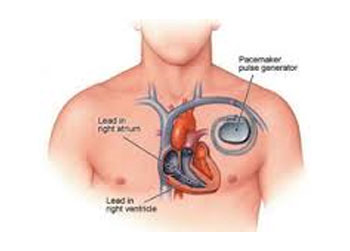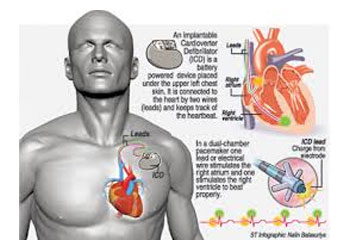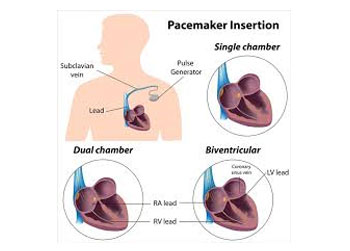A pacemaker is a small device that is implanted near the heart to control the heartbeat. This device is used in cases where heart rate becomes very slow due to normal aging or other medical issues. Often patients with heart attack also need the implantation of the pacemaker to heal the concerned issues. Genetic conditions and some medications too are known to cause slow heart rate, and in all such cases, a pacemaker helps. A minor surgery is done by doctors to implant a pacemaker in your chest.


Heart issues tend to be different from patient to patient; therefore, doctors recommend different types of pacemakers, like
Let’s have a look at them:-
Single chamber pacemakers – They only use 1 lead either in the atria or ventricles. As the name suggests, such pacemakers would use a single lead in the upper chambers or lower chambers.
Dual chamber pacemakers – Rather than relying on a single lead, such pacemakers would use two. It means, they use 1 lead in both, atria and ventricles of the heart
Biventricular pacemakers – As the name clearly suggests, such pacemakers would use 3 leads, each from right & left ventricle and from right atrium.
There are any signs when doctors recommend pacemaker implantation to treat the patients. Let’s have a look at those signs and symptoms:-


A pacemaker implantation surgery does not take too much time. More so, no open-heart surgery is needed and patients can walk back home in just 2 days. During the surgery, local anesthesia and medication is used. First of all, a small cut in made in the upper chest to guide thin insulated wires to the heart via a vein.
Afterwards, the wires are then connected to the pacemaker and the device is programmed to meet the specific medical requirements of the patient. After the insertion of the pacemaker, the cuts are closed and the device is then checked for its proper functioning.
In most cases, patients can walk back home the very next day of the surgery. However, post surgery, patients are advised not to move the arm too much.